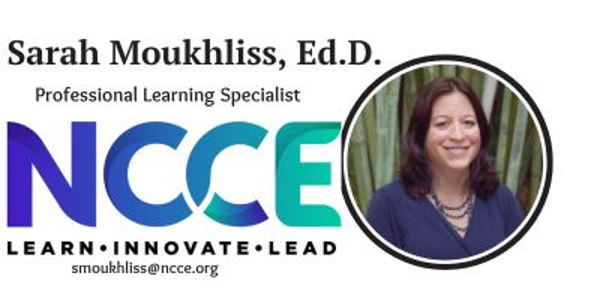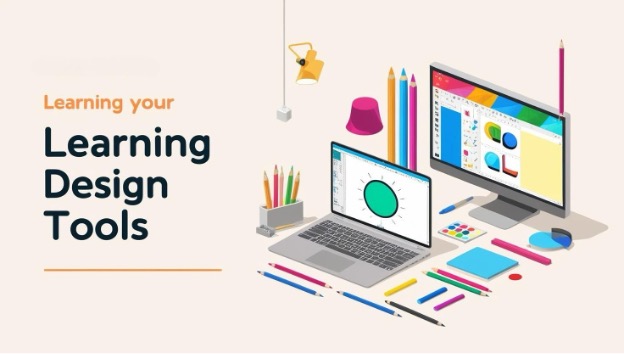By Sarah Moukhliss
Having just finished writing an article for the Journal of Creative Library Practice about developing an online research course, I feel that it is timely to share some of my favorite free ed-tech tools that helped me through the design process. In the ever-evolving landscape of education, K-12 educators are increasingly turning to online platforms to deliver engaging and accessible content. Fortunately, there are several free tools available that can help educators design high-quality online courses and content. Here are four essential tools that I think every K-12 educator should consider:
OSCQR SUNY Online Course Quality Review Rubric
The OSCQR (Online Course Quality Review) rubric, developed by the State University of New York (SUNY), is a quality assurance tool designed to help educators ensure their online courses are high quality and student-centric. The rubric provides guidelines and standards for various aspects of online course design, including content, interaction, and accessibility. The tool holds a Creative Commons license. Thus, anyone can take it and edit it to meet their school population’s needs.
Coolors Online Color Contrast Checker
Visual accessibility is a crucial aspect of online course design. The Coolors Online Color Contrast Checker helps educators ensure that their text and background color combinations meet the Web Content Accessibility Guidelines (WCAG). This tool calculates the contrast ratio between text and background colors, ensuring that the content is readable for all students, including those with visual impairments. I wanted to use a shade of green that I used in my daughter’s nursery for my online course as I felt it represented a nurturing environment. I used Coolors to find appropriate contrasting colors to work with as I designed my course.
WAVE WebAIM Accessibility Checker
The WAVE WebAIM Accessibility Checker is another powerful tool that helps educators identify and fix accessibility issues in their web content. By using WAVE, educators can ensure their courses are accessible to students using screen readers as the tool reports on the absence of ALT text, headings, and subheadings.
Creating visually appealing course materials can enhance student engagement. Canva is a user-friendly design tool that allows educators to create custom banners, posters, and other visual content for their courses. With a wide range of templates and design elements, Canva makes it easy to create professional-looking graphics that can capture students’ attention and enhance the overall learning experience. For my course, I remixed a bingo activity sheet to encourage my students to seek out resources, tools, and services to improve their final research project. Canva created a beautiful activity with minimal effort on my part.
Conclusion
By leveraging these free tools, K-12 educators can design online courses that are not only high-quality but also accessible and engaging for all students. Whether you’re just starting with online teaching or looking to enhance your existing courses, these tools can provide valuable support in creating an effective and inclusive learning environment.


